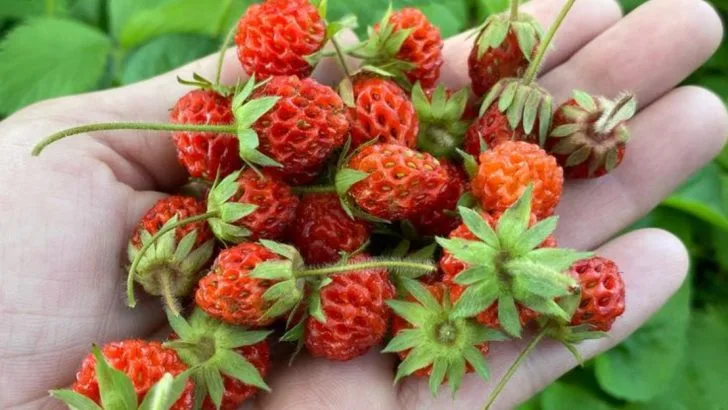What happens when you stop planting and start trusting what the soil gives you? For one full year, I let my garden grow only volunteer plants—those that sprouted on their own from past seasons, wind, birds, or the soil’s own memory.
Without seed packets or planning, my garden transformed into something wild, unexpected, and strangely resilient. Some plants thrived effortlessly, clearly meant for that space. Others disappeared within weeks, outcompeted or ill-suited. What remained told a story of natural selection, microclimate truth, and what my soil truly supports.
In this article, I share what stayed, struggled, and surprised me—and why giving up control for a season might be the most revealing thing you ever do in your garden.
Tomato Plants
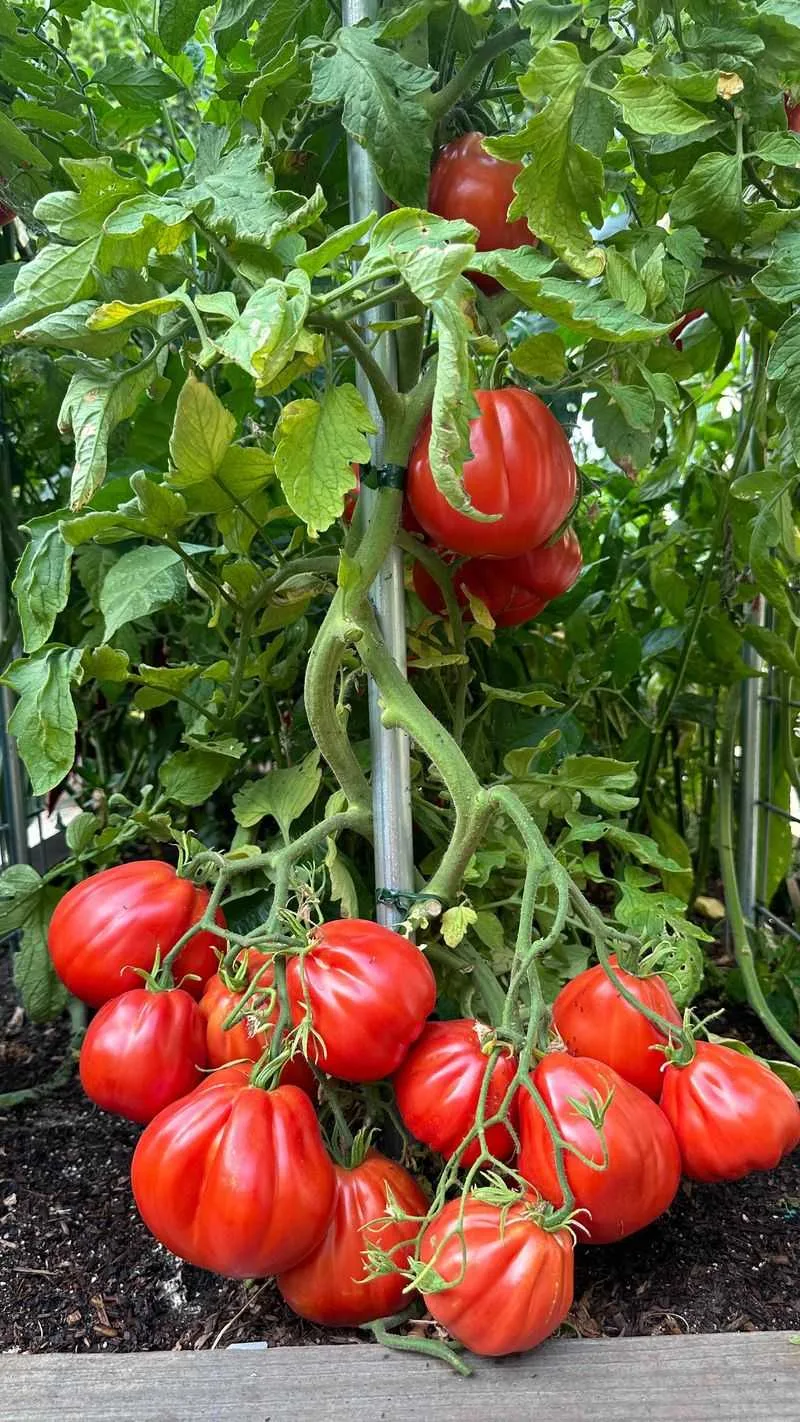
Tomatoes are nature’s gift that keeps on giving. These unexpected guests kept cropping up in places I least expected. Their versatility made them a staple throughout the year. Whether in salads or sauces, the flavor was unbeatable.
Curiously, some grew from seeds in compost piles, proving their resilience. Their ability to adapt to various soils and conditions was remarkable.
Not every plant bore fruit, yet those that did provided bountifully. It’s as if they understood the essence of perseverance, mirroring the spirit of survival against odds.
Sunflowers
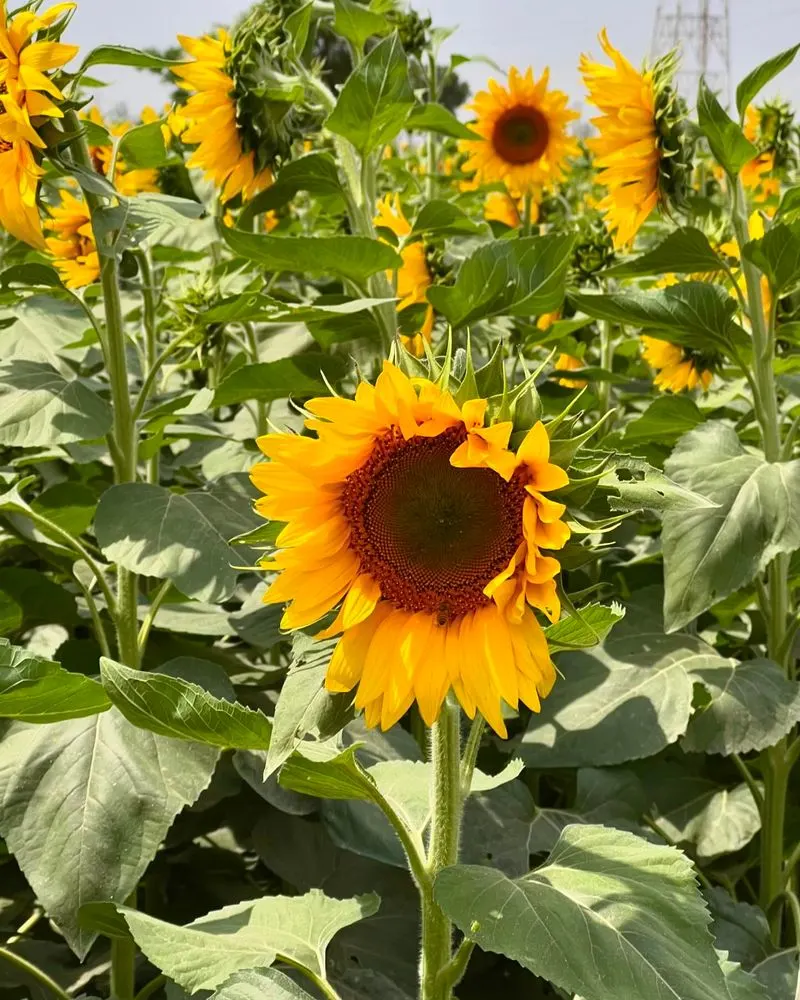
Standing tall and proud, sunflowers were the unexpected cheerleaders of my garden. Their vibrant blooms brought joy and attracted pollinators, enhancing the garden’s ecosystem.
Each sunflower seemed to have its personality, with heads turning to follow the sun. Even on cloudy days, they retained an air of optimism that was infectious.
Most fascinating was their ability to self-seed, creating a mini forest of sunshine. These towering beauties demonstrated nature’s flair for dramatics, as they turned barren patches into lively spectacles.
Mint Patches
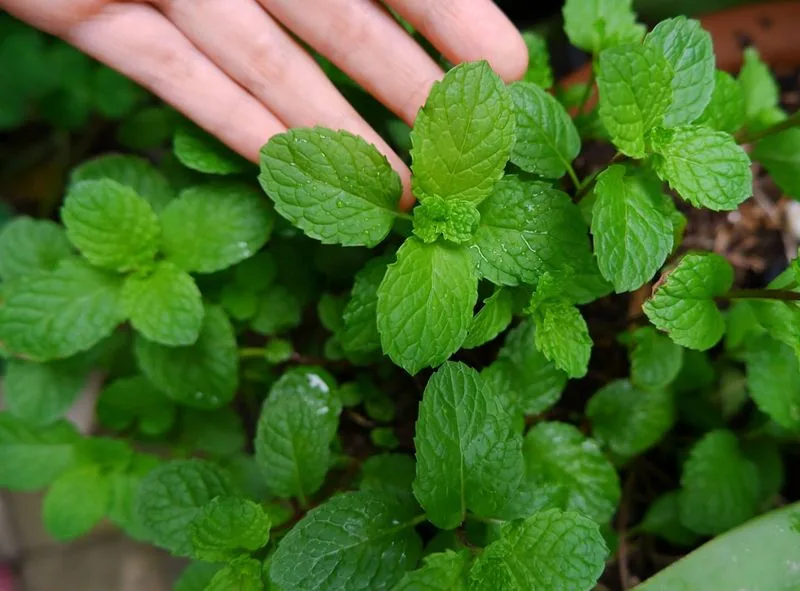
Mint, the aromatic invader, found its way into every nook and cranny. Its ability to spread quickly was both a blessing and a challenge, as it competed with neighboring plants for space.
The fresh scent was a constant reminder of its presence, perfect for teas and culinary experiments. However, controlling its rampant growth required vigilance.
Despite being a bit unruly, mint’s persistence was commendable. It showcased nature’s tenacity, turning idle spaces into useful, fragrant gardens. This greenery was a testament to the power of subtle dominance.
Pumpkins
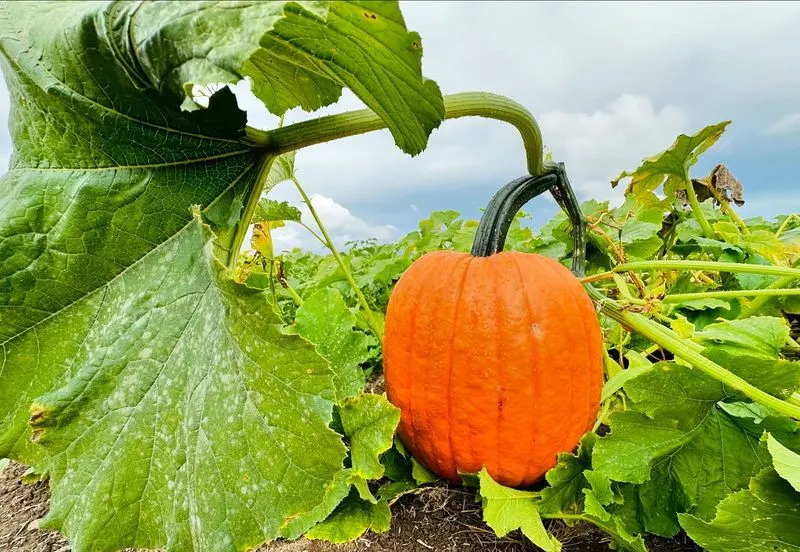
Pumpkins brought a whimsical vibe to the garden with their sprawling vines. These plants, with their large leaves and bright fruits, created a playful atmosphere.
Their growth was unpredictable, with vines weaving around obstacles in their path. The harvest was a seasonal delight, yielding pumpkins perfect for pies and soups.
Interestingly, they seemed to thrive in neglected corners, as if enjoying the challenge. This added a touch of magic, turning ordinary spaces into autumnal wonders, embodying the spirit of transformation.
Wild Strawberries
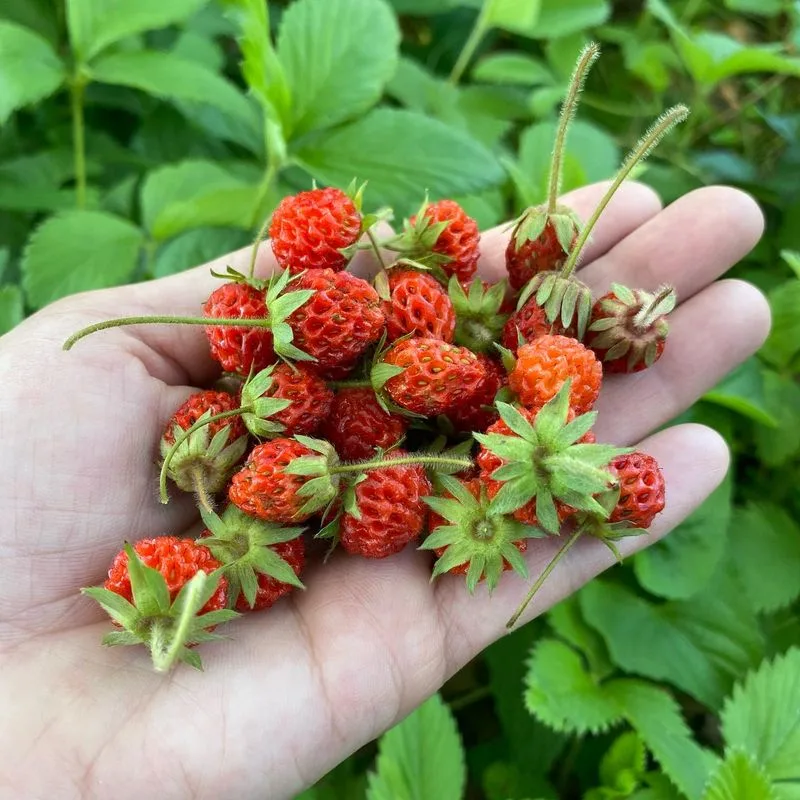
Wild strawberries popped up like tiny jewels scattered across the garden floor. Their sweet, tangy taste was a delightful surprise, offering a refreshing treat.
These resilient berries thrived in shaded areas, making them a versatile addition to any garden. Even without much attention, they flourished.
Their presence was a friendly reminder of nature’s generosity. As they spread, they also encouraged biodiversity, attracting birds and insects. Wild strawberries are proof of nature’s ability to provide small pleasures with big impacts.
Zinnias
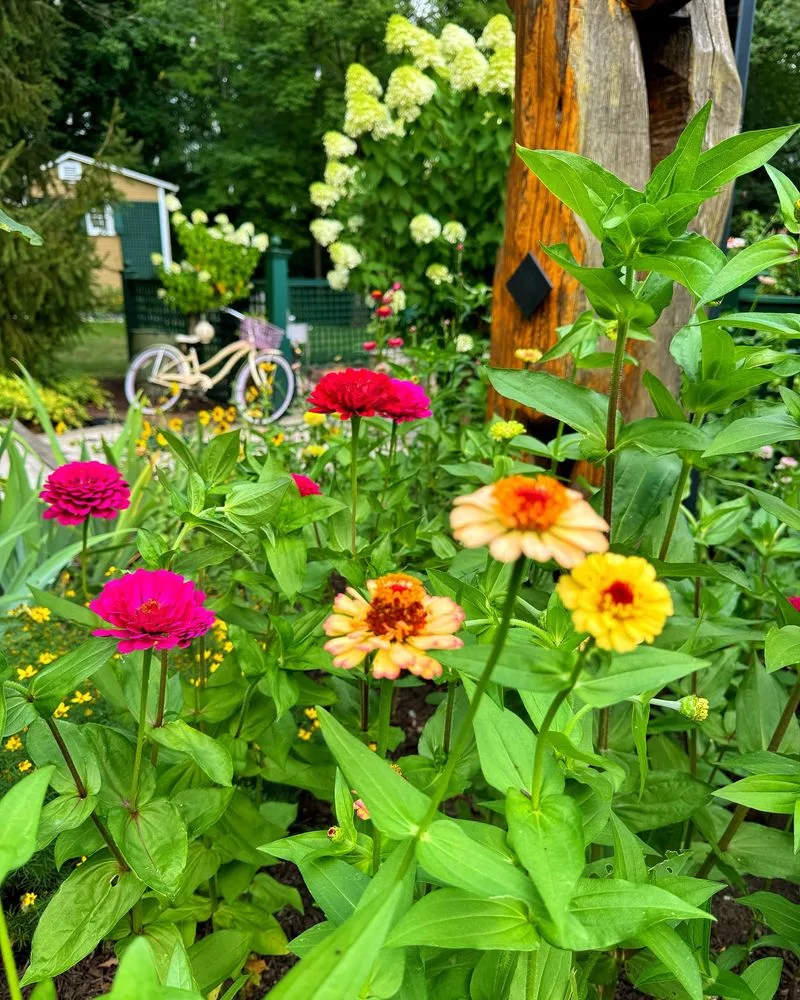
Zinnias burst forth with a riot of color, transforming bland patches into vivid displays. They were the unsung heroes, continually blooming despite the weather.
Their presence attracted pollinators, turning the garden into a bustling hub of activity. With minimal care, they thrived, offering endless visual delight.
These flowers represented resilience, standing tall through rain and shine. Their cheerful demeanor made them a garden favorite, showcasing nature’s artistry in the simplest form. Zinnias were a testament to the beauty of spontaneous growth.
Nasturtiums
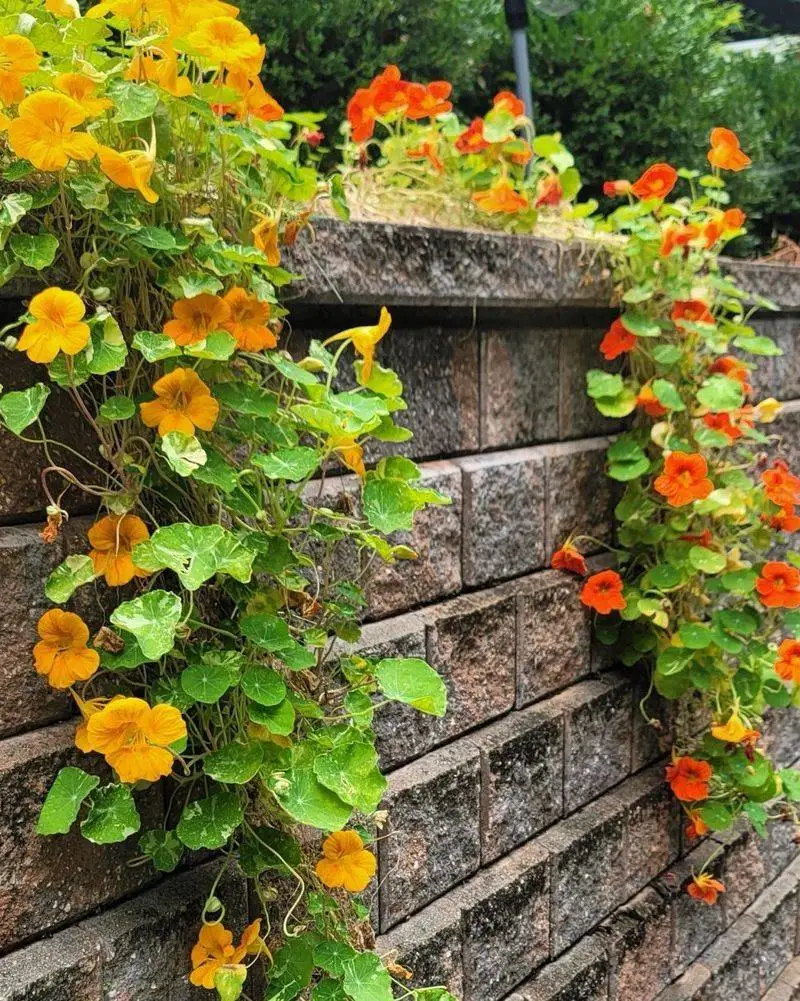
Nasturtiums, with their fiery blooms, added a touch of spice to the garden tapestry. Their peppery leaves were both decorative and edible, making them a gardener’s delight.
Their trailing vines crept over rocks and fences, bringing color to the mundane. These flowers thrived in poor soil, showcasing their adaptability.
A favorite among insects, nasturtiums played a role in pest control. Their vibrant presence was more than just beauty; it was practical. They proved that sometimes, the most vibrant solutions are also the most unexpected.

